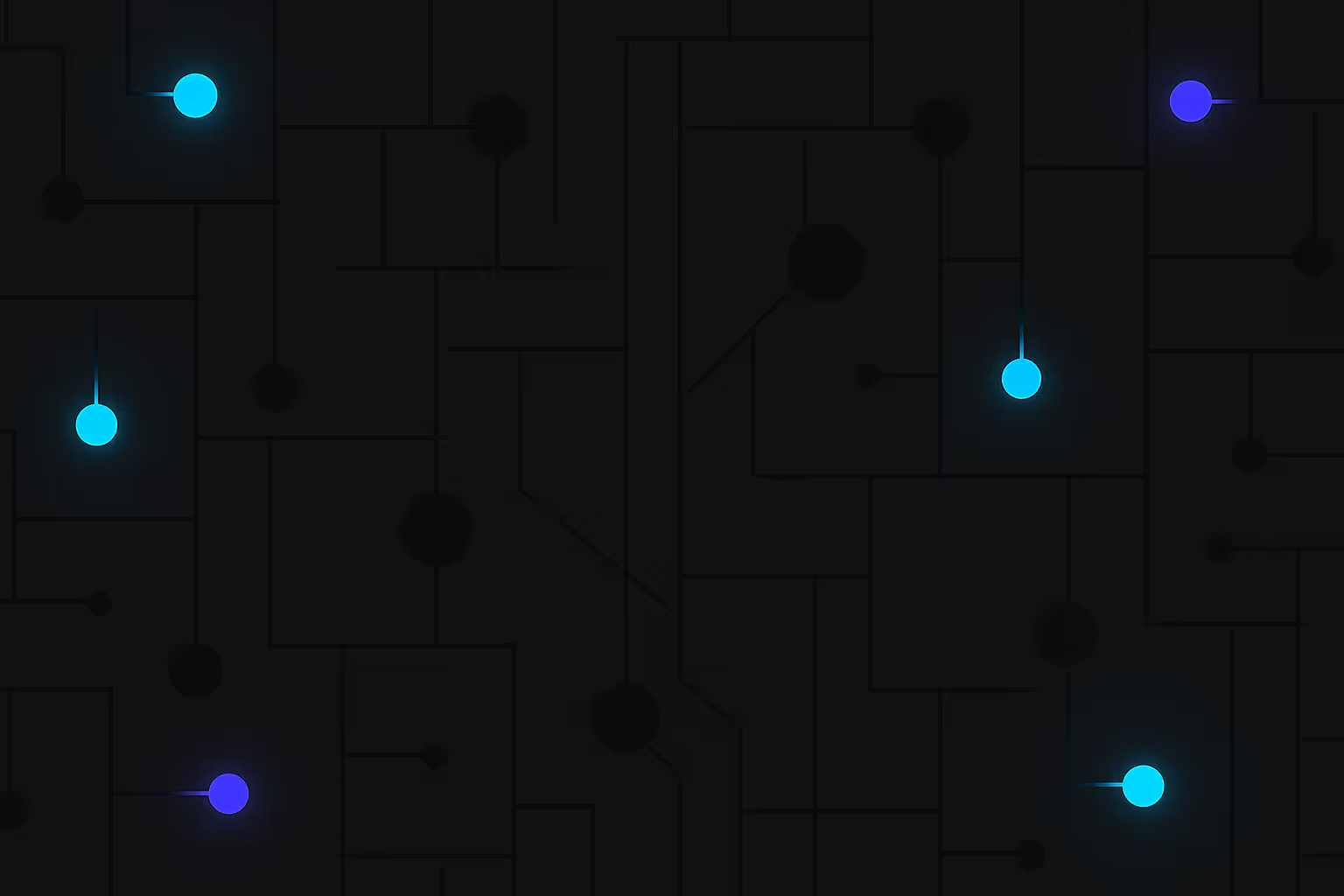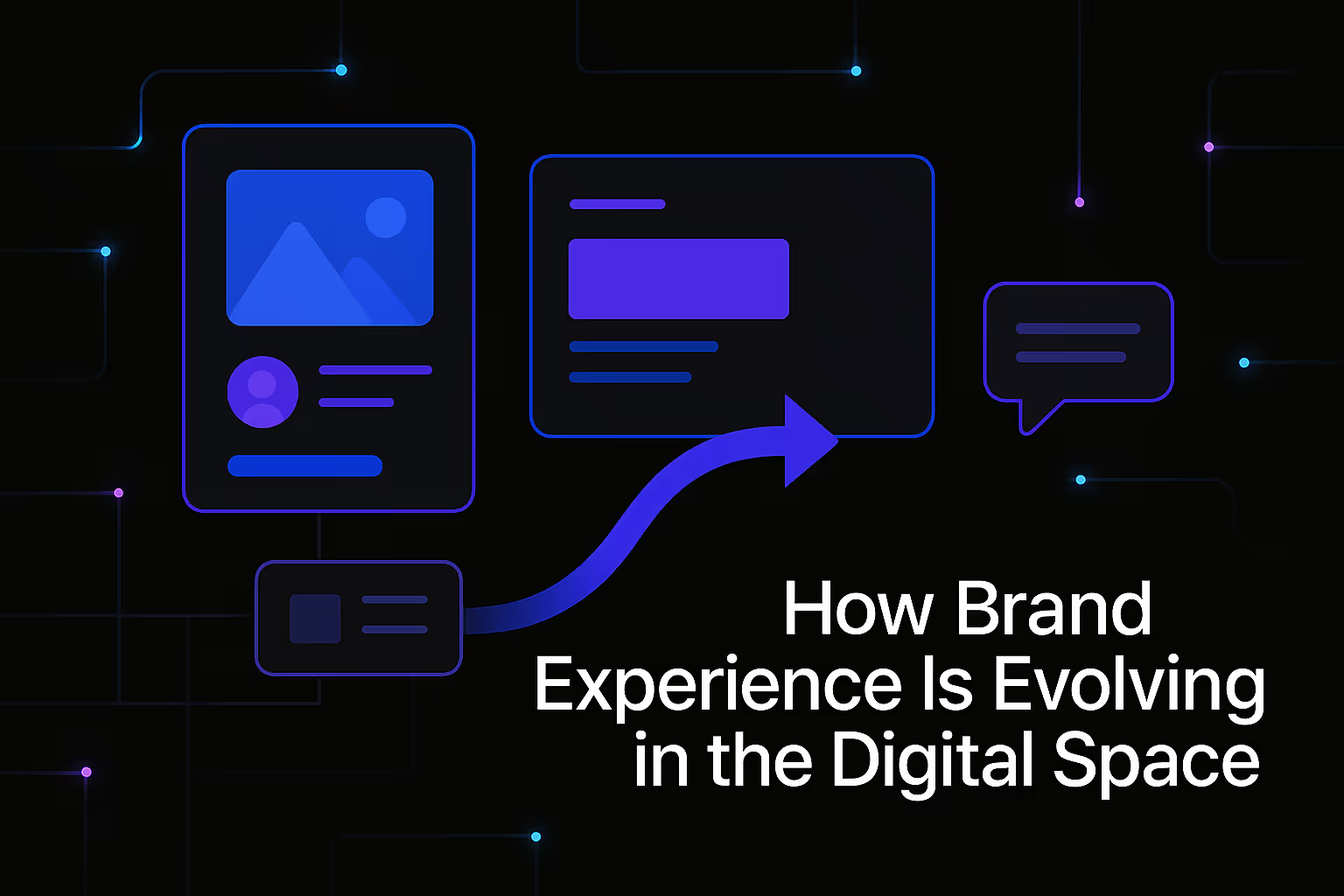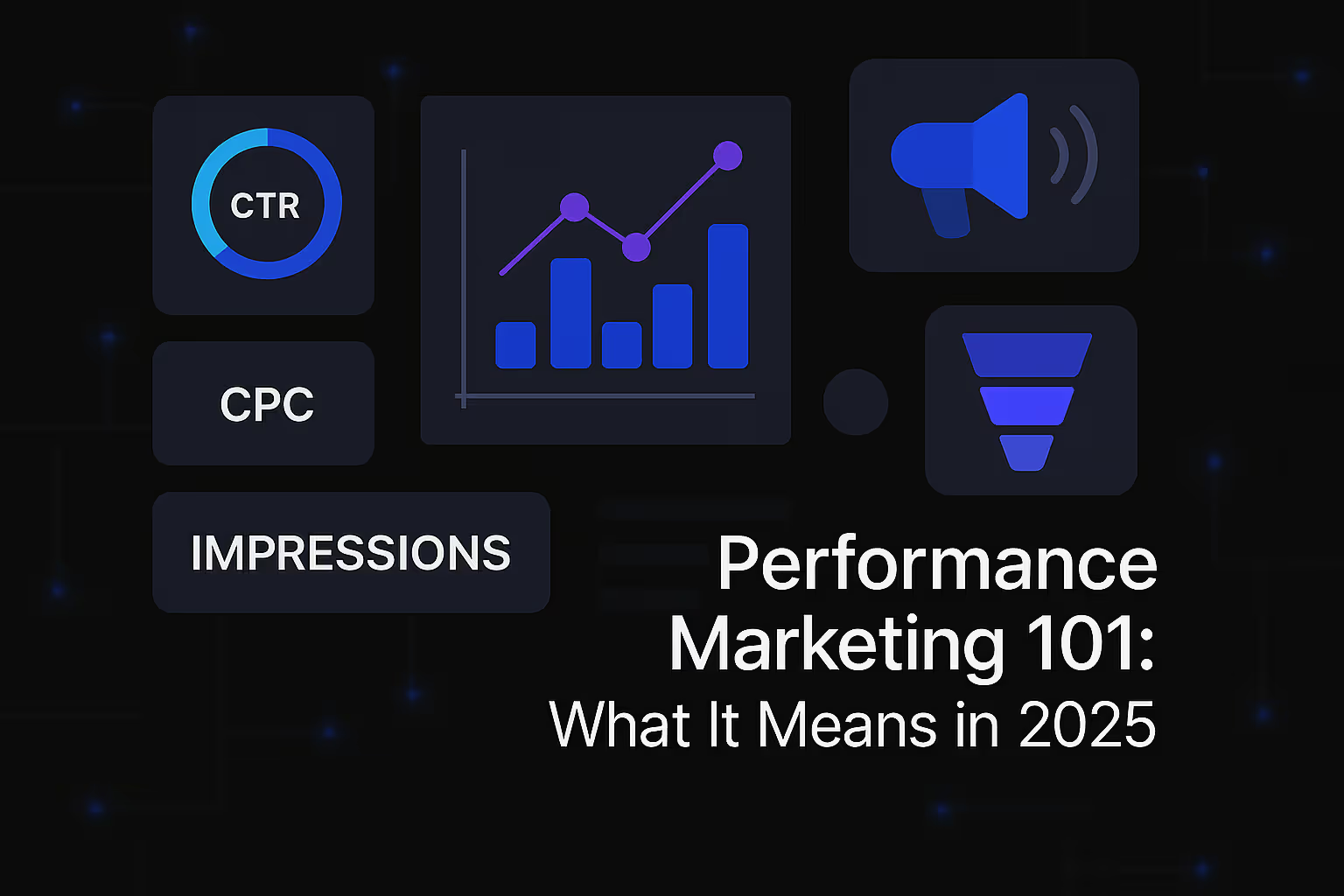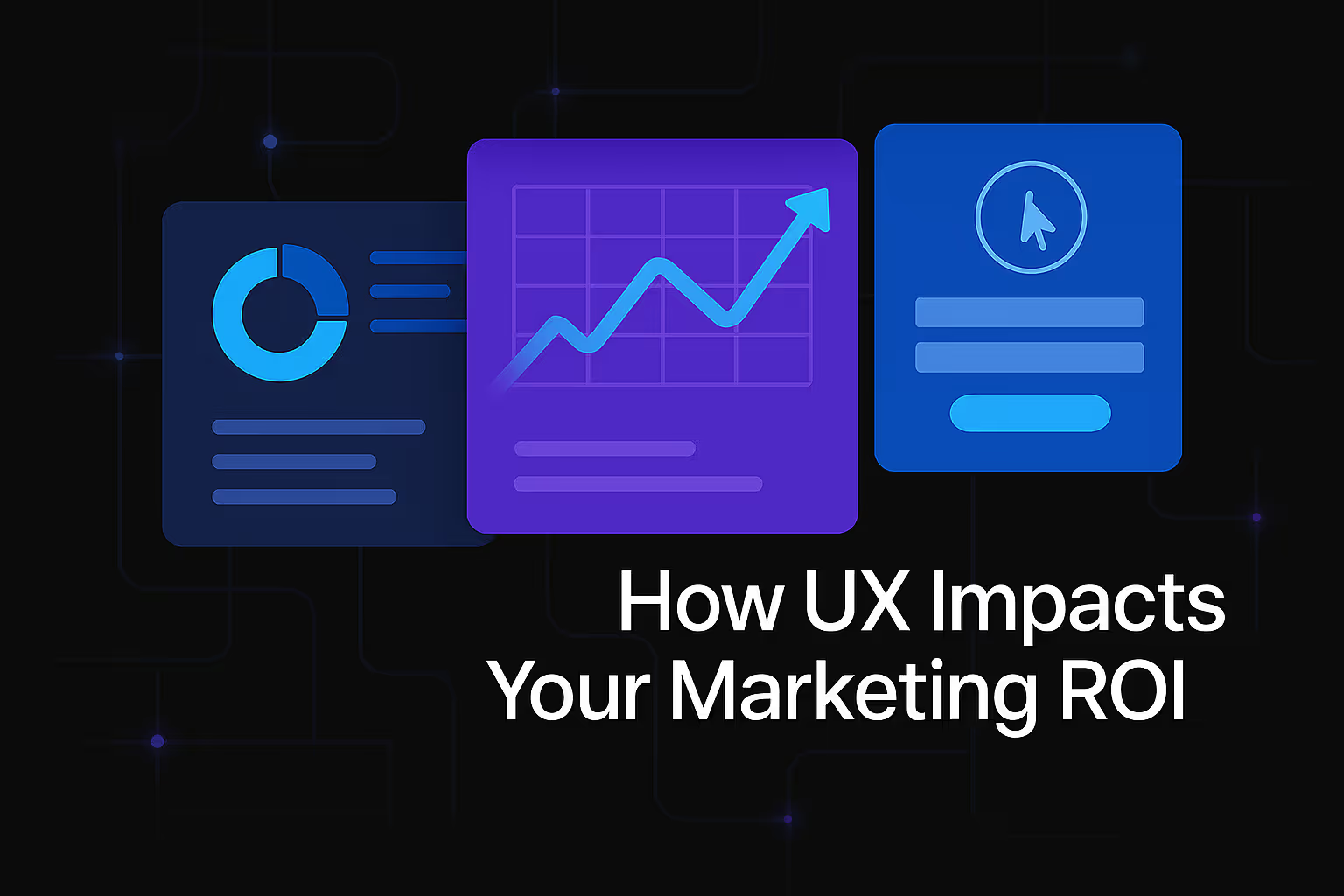Email Marketing Automation: Tools and Tactics
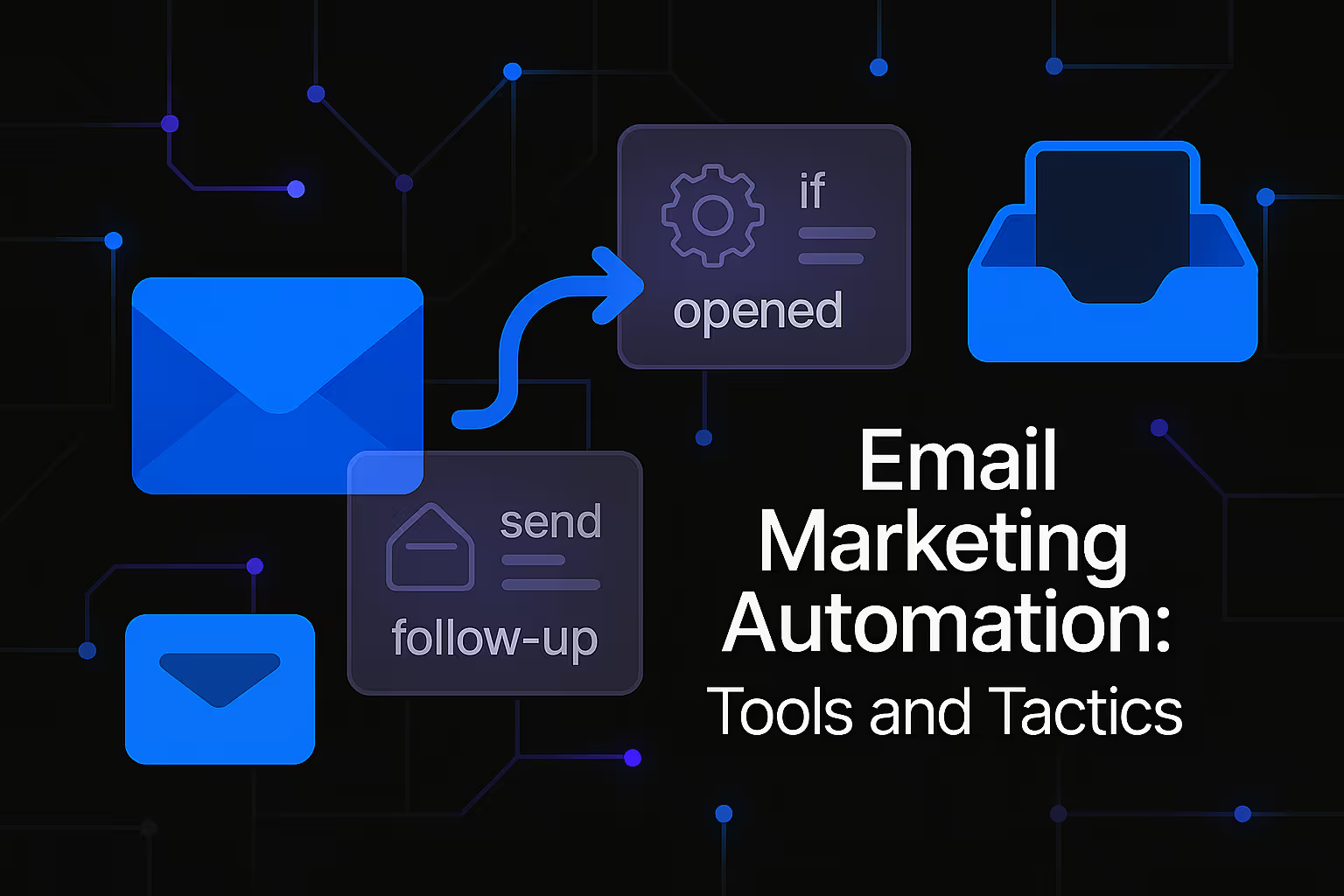
In the dynamic landscape of digital marketing, where attention spans are fleeting and competition is fierce, the ability to connect with your audience in a relevant, timely, and personalized manner is paramount. Email marketing, often considered a cornerstone of digital outreach, has evolved far beyond simple newsletters. Today, its true potential is unleashed through email marketing automation. This sophisticated approach transforms repetitive tasks into streamlined, intelligent workflows, allowing businesses to cultivate deeper relationships, drive conversions, and optimize resources with unparalleled efficiency. It is no longer a luxury but a fundamental requirement for any enterprise seeking to establish a commanding presence in their market and foster enduring customer loyalty.
The core essence of email marketing automation lies in its capacity to deliver the right message to the right person at the precise moment it matters most. Imagine a system that automatically welcomes new subscribers, guides potential customers through their buyer's journey, celebrates customer milestones, or re-engages dormant leads, all without constant manual intervention. This is the promise of automation. By leveraging intelligent triggers, predefined sequences, and audience segmentation, businesses can create a perpetually active and highly responsive communication channel. This empowers marketers to focus on strategy and content creation, knowing that the intricate mechanics of delivery and follow-up are handled with precision, ensuring every communication contributes meaningfully to overarching business objectives.
Understanding the Landscape of Automated Email Marketing
Email marketing automation is the strategic use of software to send transactional, promotional, and lifecycle emails to segments of your audience based on specific triggers or pre-determined schedules. This goes beyond batch-and-blast emails, focusing instead on individualized customer journeys. The sophistication of modern automation platforms allows for complex sequences that adapt in real-time to user behavior, preferences, and interactions, making every communication feel custom-tailored rather than generic. It's about building an intelligent framework for ongoing dialogue that scales effortlessly with your audience growth.
At its heart, automation simplifies complexity. Consider a customer's journey from initial website visitor to loyal advocate. Without automation, managing the diverse communication needs at each stage would be a monumental, if not impossible, task. Automation tools act as orchestrators, ensuring that a visitor who downloads a whitepaper receives a series of follow-up emails providing further insights, while a customer who just made a purchase receives thank-you notes, product care tips, and personalized recommendations for future purchases. This proactive, responsive engagement significantly enhances the customer experience, fostering satisfaction and encouraging repeat business. The ultimate goal is to nurture leads, convert prospects, and retain customers through a consistent, valuable, and highly personalized email experience.
Why Automation is Indispensable for Modern Businesses
The shift towards email marketing automation is driven by several compelling advantages that directly impact a business's bottom line and operational efficiency. Perhaps the most significant benefit is the enhancement of personalization at scale. In an era where generic marketing messages are easily dismissed, the ability to tailor content to individual recipients based on their demographics, behaviors, and preferences is a powerful differentiator. Automation tools collect and utilize data to dynamically insert names, recommend relevant products, and reference past interactions, making each email feel uniquely crafted for the recipient. This level of personalization significantly boosts engagement rates, click-through rates, and ultimately, conversion rates.
Beyond personalization, automation delivers substantial time and resource savings. Manual email marketing, especially for large lists or intricate campaigns, is incredibly time-consuming and prone to human error. By automating tasks such as welcome sequences, abandoned cart reminders, birthday greetings, and re-engagement campaigns, marketing teams can free up valuable hours. This allows them to focus on higher-level strategic initiatives, content development, and data analysis, rather than the repetitive mechanics of sending emails. This efficiency translates directly into reduced operational costs and improved productivity across the marketing department.
Furthermore, email marketing automation is a powerful engine for consistent lead nurturing and conversion path optimization. Many potential customers do not convert on their first visit. Automation allows businesses to gently guide leads through the sales funnel, providing valuable information and building trust over time. Drip campaigns, for instance, can educate prospects about products or services, address common objections, and highlight benefits, gradually moving them closer to a purchase decision. When integrated with CRM systems, these automated sequences become even more potent, ensuring that sales teams receive highly qualified leads and that the transition from marketing to sales is seamless and data-driven. The ability to segment audiences and trigger specific sequences based on their interactions ensures that every lead receives the attention they need to progress.
Finally, automation provides invaluable insights through robust analytics and A/B testing capabilities. Modern platforms offer detailed reporting on open rates, click-through rates, conversion rates, and even revenue generated from specific automated campaigns. This data allows marketers to continuously monitor performance, identify bottlenecks, and refine their strategies. The ability to A/B test different subject lines, call-to-actions, or email content within automated workflows means that campaigns can be progressively optimized for maximum impact. This data-driven approach ensures that email marketing efforts are not only efficient but also continuously improving, leading to greater ROI over time.
Key Pillars of Effective Email Automation Strategy
Building a successful email marketing automation strategy requires careful planning and a deep understanding of your audience and business objectives. It's not merely about setting up a few automated messages; it's about crafting an intelligent, dynamic communication ecosystem. The foundation of this strategy rests on several critical pillars, each contributing to the overall efficacy and impact of your automated campaigns.
The first essential pillar is robust audience segmentation and profiling. Automation's power is unlocked when you understand who you are talking to. Instead of treating all subscribers as a single entity, effective automation relies on dividing your audience into smaller, more homogeneous groups based on shared characteristics. This could include demographics (age, location), psychographics (interests, values), past purchase history, website behavior (pages visited, products viewed), engagement levels (opens, clicks), or lead magnet downloads. The more granular your segmentation, the more precise and relevant your automated messages can be. This foundational step ensures that every automated email sequence is delivered to an audience for whom the content is genuinely pertinent and valuable, significantly increasing engagement and conversion potential.
Following segmentation, the second critical pillar is the meticulous mapping of customer journeys and trigger points. Automation thrives on clearly defined pathways. You must visualize the various paths your customers might take, from initial contact to post-purchase loyalty, and identify the specific actions or events that should trigger an automated email sequence. Common trigger points include: signing up for a newsletter, downloading a piece of content, abandoning a shopping cart, making a purchase, reaching a specific anniversary, or even a period of inactivity. Each trigger should lead to a carefully designed sequence of emails, crafted to guide the user towards a desired outcome. This holistic view ensures that your automated communications are not isolated messages but interconnected touchpoints that smoothly shepherd customers through their lifecycle.
The third pillar, and arguably the most visible, is the creation of compelling, valuable, and personalized content. Even the most sophisticated automation system will fall flat without content that resonates. Each automated email in a sequence must offer genuine value, whether it's informative, entertaining, or problem-solving. Personalization extends beyond simply using a recipient's first name; it involves dynamic content blocks that adapt based on their specific interests, past behaviors, or demographic data. High-quality, relevant content ensures that your automated emails are not perceived as generic spam but as thoughtful, helpful communications that build trust and establish your brand's authority. This requires a strong understanding of your brand voice, a commitment to consistent messaging, and a focus on providing solutions to your audience's needs.
Finally, continuous testing, analysis, and optimization form the fourth indispensable pillar. Email marketing automation is not a set-it-and-forget-it endeavor. The digital landscape is constantly evolving, and so too are customer behaviors and preferences. To maintain peak performance, your automated campaigns must be continuously monitored, analyzed, and refined. This involves A/B testing different elements—subject lines, calls to action, email copy, images, and even send times—to identify what resonates most effectively with your audience. Analyzing metrics like open rates, click-through rates, conversion rates, and unsubscribe rates provides invaluable insights into campaign performance. This data-driven approach allows for iterative improvements, ensuring that your automated sequences are always performing at their best, adapting to new trends, and maximizing your return on investment.
Exploring Top Tools for Email Marketing Automation
The market is rich with email marketing automation platforms, each offering a unique set of features, pricing structures, and scalability options. Selecting the right tool is a pivotal decision that directly impacts the effectiveness and efficiency of your automation strategy. While individual needs vary, several platforms consistently stand out for their robust capabilities, user-friendly interfaces, and comprehensive integrations. Understanding the general categories and strengths of these tools can help businesses make an informed choice.
At one end of the spectrum are all-in-one marketing automation platforms designed for larger enterprises or businesses with complex, multi-channel marketing needs. These tools often integrate email automation with CRM functionalities, landing page builders, social media management, lead scoring, and advanced analytics. Platforms like HubSpot and Pardot (by Salesforce) exemplify this category. HubSpot, for instance, offers a comprehensive suite that allows businesses to manage everything from content creation and SEO to email workflows and sales pipelines within a single ecosystem. Pardot, on the other hand, is particularly strong for B2B companies, providing sophisticated lead nurturing, sales alignment features, and deep CRM integration. These platforms excel at providing a unified view of the customer and enabling highly sophisticated, cross-channel automation journeys. However, their comprehensive nature often comes with a higher price point and a steeper learning curve, making them more suitable for established businesses with dedicated marketing teams.
In the mid-range, we find dedicated email marketing platforms with strong automation capabilities. These tools prioritize email functionality but offer extensive automation features, segmentation options, and integrations with popular CRMs and e-commerce platforms. Mailchimp, ActiveCampaign, and ConvertKit are prominent examples in this category. Mailchimp, widely recognized for its user-friendliness, has evolved from a simple email sender to a powerful automation platform, offering detailed customer journeys, behavioral targeting, and e-commerce integrations suitable for small to medium-sized businesses. ActiveCampaign is celebrated for its highly advanced automation builder, allowing for incredibly intricate "if/then" scenarios and deep personalization, making it a favorite among marketers who require granular control over their workflows. ConvertKit, while still offering robust automation, carves out a niche by focusing specifically on creators, bloggers, and online educators, emphasizing easy segmentation, personalized content delivery, and integrations relevant to their unique needs, such as course platforms and payment gateways. These platforms offer a powerful blend of ease of use and advanced features, making them accessible to a broader range of businesses.
Finally, there are specialized automation tools often integrated into larger e-commerce or CRM systems. For businesses primarily focused on online sales, platforms like Klaviyo are purpose-built for e-commerce email marketing automation. Klaviyo shines in its ability to integrate deeply with e-commerce platforms like Shopify, Magento, and WooCommerce, providing highly specific triggers such as abandoned cart sequences, back-in-stock notifications, personalized product recommendations, and post-purchase follow-ups that significantly boost sales and customer lifetime value. Similarly, CRM systems like Salesforce Marketing Cloud or Zoho CRM often include robust email automation modules that leverage the extensive customer data stored within the CRM to create highly targeted and personalized campaigns, bridging the gap between sales and marketing. These specialized tools are ideal for businesses whose primary automation needs are tied directly to sales, customer relationship management, or e-commerce operations.
When evaluating tools, businesses should consider not only the immediate features but also scalability, integration possibilities with existing tech stacks, ease of use for their team, and the quality of customer support. The "best" tool is ultimately the one that aligns most effectively with your specific business goals, audience behavior, and budget, enabling you to implement your strategic automation vision seamlessly.
Tactics for Maximizing Email Marketing Automation Success
Implementing email marketing automation is only the first step; maximizing its success requires a strategic approach to how you utilize its capabilities. Beyond simply setting up flows, effective tactics focus on refining every aspect of your automated campaigns to ensure they consistently deliver value, drive engagement, and achieve your desired outcomes. These tactics are rooted in understanding human behavior, leveraging data, and continuously optimizing your processes.
One of the most impactful tactics is to prioritize lifecycle-based automation. Instead of generic drip campaigns, think about the distinct phases of your customer's journey and tailor automation to each. This includes comprehensive welcome sequences for new subscribers that introduce your brand, provide immediate value, and set expectations. For prospects, lead nurturing workflows should educate them about your offerings and address potential pain points, guiding them towards conversion. Post-purchase sequences are crucial for customer retention and advocacy, offering product tips, soliciting reviews, and suggesting complementary items. Even re-engagement campaigns for inactive subscribers play a vital role in preventing churn and reactivating valuable leads. By mapping automation to these lifecycle stages, you ensure every message is relevant to the recipient's current relationship with your brand.
Another critical tactic is leveraging behavioral triggers for hyper-personalization. Modern automation tools allow you to track user behavior on your website, within your app, or in their interactions with previous emails. Use this data to trigger highly specific and timely communications. For instance, an email could be sent to a user who viewed a particular product category multiple times but didn't purchase, offering a relevant discount or more information. Someone who abandoned a filled shopping cart can receive a reminder with a strong call to action. A customer who engaged with a specific blog post could be sent an email with related content or a relevant product suggestion. This level of behavioral targeting makes your communications feel incredibly responsive and intuitive, significantly increasing the likelihood of engagement and conversion because the message directly addresses a demonstrated interest or need.
Furthermore, integrating automation with your Customer Relationship Management (CRM) system and other marketing tools is a powerful tactic for creating a unified customer view and enhancing data-driven decision-making. When your email automation platform communicates seamlessly with your CRM, sales teams gain immediate visibility into a lead's email engagement history, allowing for more informed and personalized sales outreach. Conversely, data from the CRM, such as purchase history or customer service interactions, can enrich your email segments and trigger more relevant automated sequences. This integration extends to e-commerce platforms, webinars, and other tools, creating a cohesive data flow that empowers sophisticated segmentation, lead scoring, and cross-channel retargeting, amplifying the impact of your email efforts.
Finally, the relentless pursuit of A/B testing and performance analysis is non-negotiable for long-term automation success. It’s a common misconception that once an automated flow is set up, it requires no further attention. In reality, consistent optimization is key. Regularly test different elements within your automated emails: subject lines, sender names, calls-to-action, image usage, email length, and even the timing of emails within a sequence. Analyze key metrics such as open rates, click-through rates, conversion rates, and unsubscribe rates for each segment and sequence. Look for patterns, identify underperforming emails or stages, and use these insights to refine your content and triggers. This iterative process of testing and optimizing ensures that your automated campaigns remain fresh, highly effective, and continually aligned with evolving audience preferences and market dynamics, ultimately maximizing your return on investment. Email marketing automation, when approached with these strategic tactics, transforms into a powerful, self-optimizing engine for growth and sustained customer engagement.
Similar Insights
Stay Updated with Our Insights
Join our newsletter for the latest trends and tips in web development and digital marketing.
